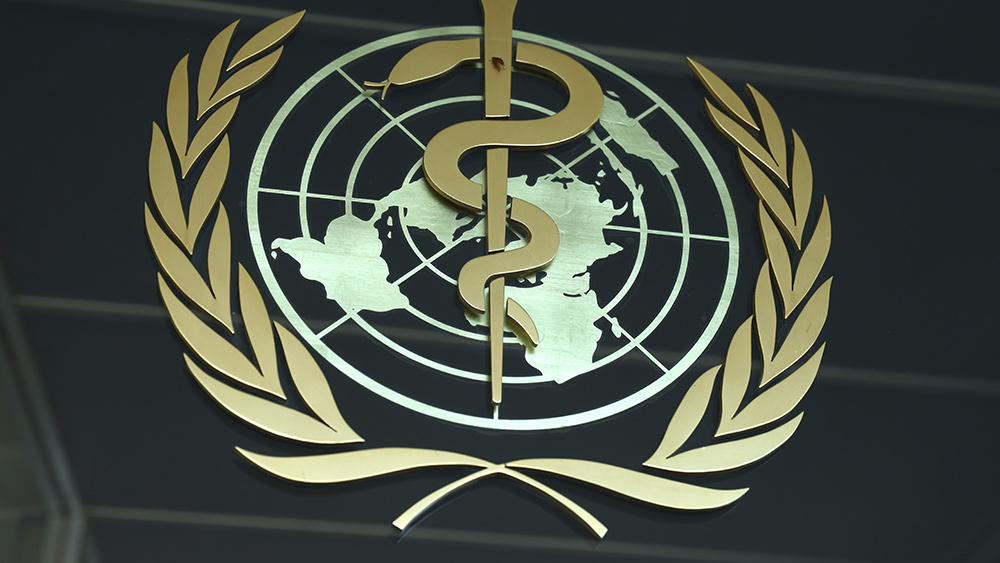
Microplastics, tiny particles measuring a millionth of a gram, are present in virtually everything humans consume – from bottled water to meat and plant-based food. These tiny particles can enter the body through food consumption that has made contact with plastic food packaging and through contact with everyday products that contain or are made of plastic.
A new study also suggests that it can enter the body through sweat. The study, published in Environment International, focused on polybrominated diphenyl ethers (PBDEs), commonly used as flame retardants in various plastic products, including furniture foam padding, wire insulation and cabinets for electronics. The researchers, led by Ovokeroye Abafe, a chemistry expert, used 3D human skin models and exposed them to microplastics containing PBDEs.
Abafe and his team found that skin could absorb up to eight percent of PBDEs, with higher levels absorbed from sweatier skin.
"Microplastics are everywhere in the environment, and yet we still know relatively little about the health problems that they can cause," said Abafe in a press release. "Our research shows that [microplastics] play a role as 'carriers' of harmful chemicals, which can get into our bloodstream through the skin."
The Environmental Protection Agency claims that PBDEs have yet to be classified as carcinogens, substances capable of causing cancer. However, enough evidence also shows that these chemicals have the potential to be carcinogenic.
"These chemicals are persistent, so with continuous or regular exposure to them, there will be a gradual accumulation to the point where they start to cause harm," Abafe said.
Studies reveal microplastics can accumulate in the brain and other internal organs
The Centers for Disease Control and Prevention claims that the health effects of PBDEs on humans are not well known yet.
But then, animal studies suggest that PBDEs can cause significant harm to thyroid, liver, and brain development, as well as potential carcinogenic risk. Human studies have associated PBDE exposure in children with cognitive and motor impairments and behavioral issues.
A study, conducted by Jaime Ross, a professor from the University of Rhode Island, analyzed the neurobehavioral effects of, and inflammatory response to, microplastic exposure, as well as the accumulation of microplastics in tissues, including the brain.
The study, which exposed young and elderly mice to varying concentrations of microplastics through their drinking water for three weeks, found that exposure to microplastics led to shifts in behavior and immune markers within the liver and brain tissues. The researchers observed altered movement and behaviors in the mice, reminiscent of symptoms associated with dementia in humans, following microplastic exposure. Additionally, Ross noted that even at relatively low doses, microplastic exposure induced considerable changes within a brief timeframe.
To understand the physiological mechanisms observed in behavioral shifts in mice, the researchers analyzed the extent of microplastic exposure in various major tissues, including the brain, gastrointestinal tract, heart, kidney, liver, lungs and spleen. (Related: MICROPLASTIC INVASION: Researchers find microplastics in human heart tissue.)
Surprisingly, the investigation revealed widespread bioaccumulation of particles in every examined organ, including the brain and even in bodily waste. Given that the microplastics entered the animals' bodies via drinking water, the researchers anticipated finding them in the gastrointestinal tract, liver and kidneys.
Ross noted that the presence of microplastics in the heart and lungs shows that they spread beyond the digestive system and potentially undergo systemic circulation. This is dangerous because the blood-brain barrier, "a protective mechanism against viruses and bacteria," is supposed to be "difficult to permeate." The particles were found deep in the brain tissue. Brain infiltration by microplastics may cause a decrease in glial fibrillary acidic protein (GFAP), which supports many cell processes in the brain.
The researchers warned that a decrease in GFAP is linked to the early stages of certain neurodegenerative diseases, such as Alzheimer's and depression.
Watch this video about the discovery of microplastics inside the human body.
This video is from the Daily Videos channel on Brighteon.com.
More related stories:
Study: Microplastics accumulate in the brain and cause behavioral changes associated with dementia.
STUDY: Researchers found microplastics in all human placenta they tested.
Avoid toxic contaminants like microplastics in salt by switching to Pink Himalayan Salt.
Study finds MICROPLASTICS in almost 90% of protein sources, including plant-based ones.
Bottled water found to contain alarming levels of plastic particles, microplastics.
Sources include:
Please contact us for more information.






















